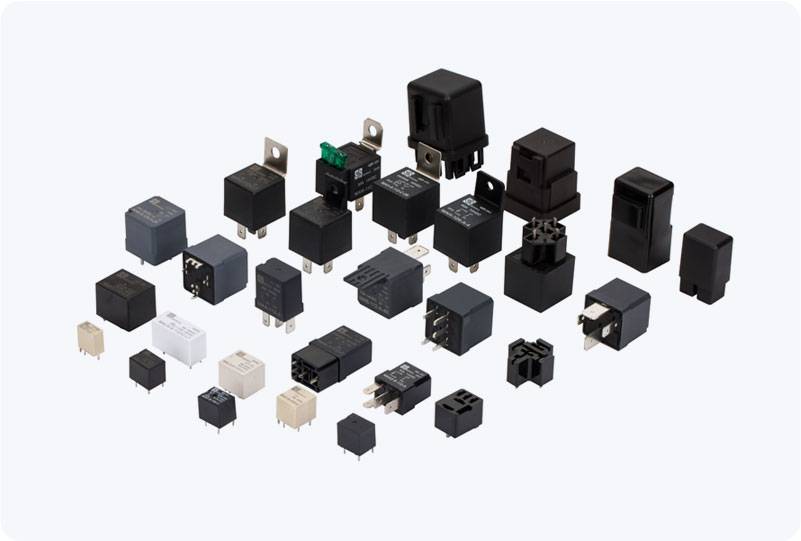The growing adoption of electric vehicles (EVs) has led to advancements in automotive technology, with one of the most critical components being the EV Main Contactor Relay. This small yet vital component plays a central role in ensuring that electric vehicles operate safely and efficiently. In this article, we will explore the functions, design requirements, and applications of the EV Main Contactor Relay, providing a deeper understanding of its importance in the EV ecosystem.

What is an EV Main Contactor Relay? An EV Main Contactor Relay is an electromechanical switch used in electric vehicles to control the flow of electricity between the battery pack and the motor. It serves as the primary switch that connects and disconnects the battery from the powertrain, allowing the vehicle to either deliver power to the motor or stop the power flow when necessary. This relay is responsible for the overall safety, performance, and reliability of the electric vehicle’s electrical system. Key Functions of EV Main Contactor Relay Power Control: The primary function of the EV Main Contactor Relay is to control the high-voltage electrical connection between the battery and the motor. When the vehicle is powered on, the relay connects the battery to the electric motor, enabling the motor to draw power and propel the vehicle. When the vehicle is turned off or in the event of a system fault, the relay disconnects the battery to ensure no current flows through the system.